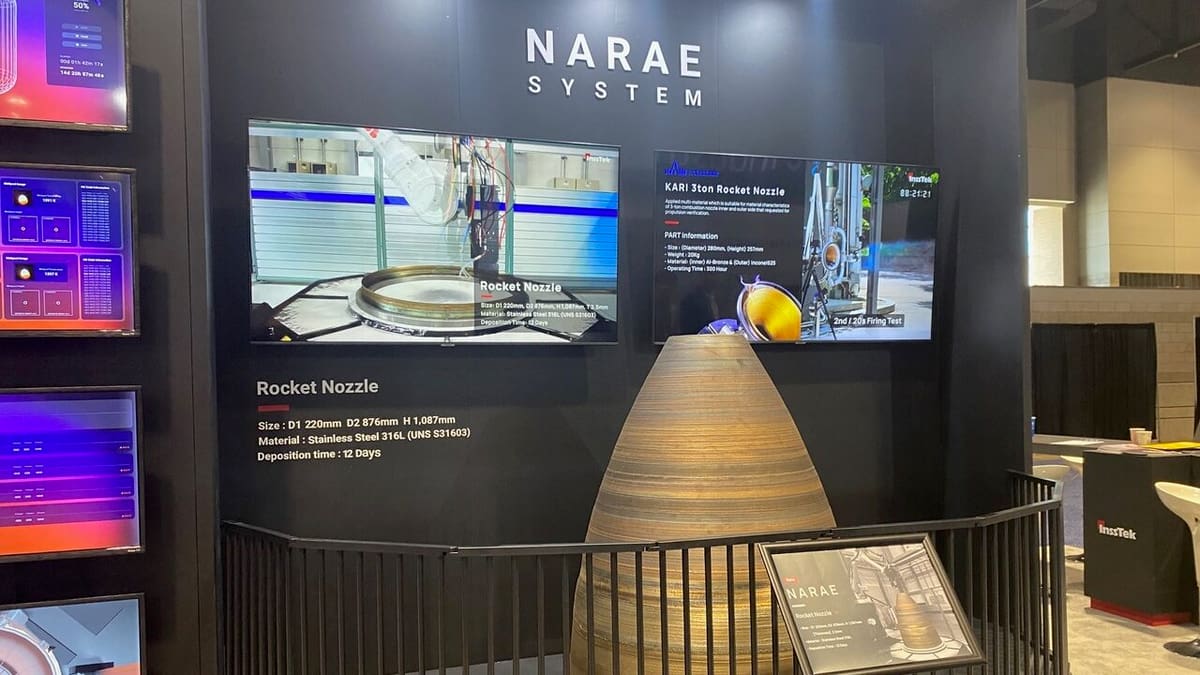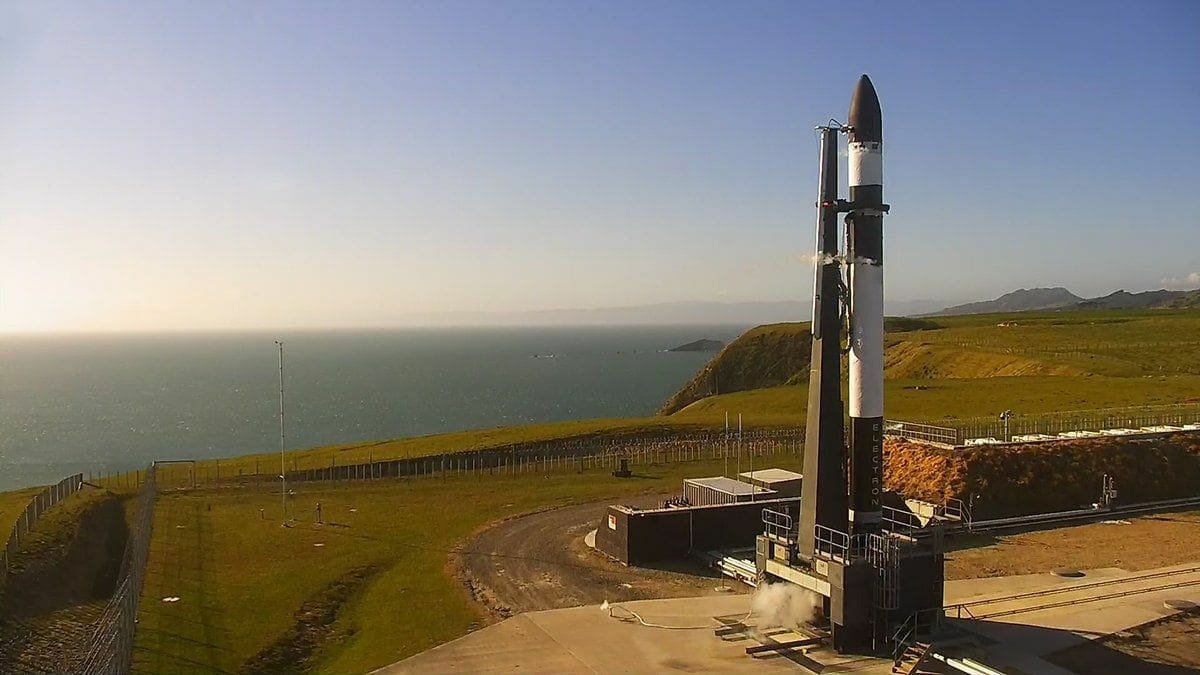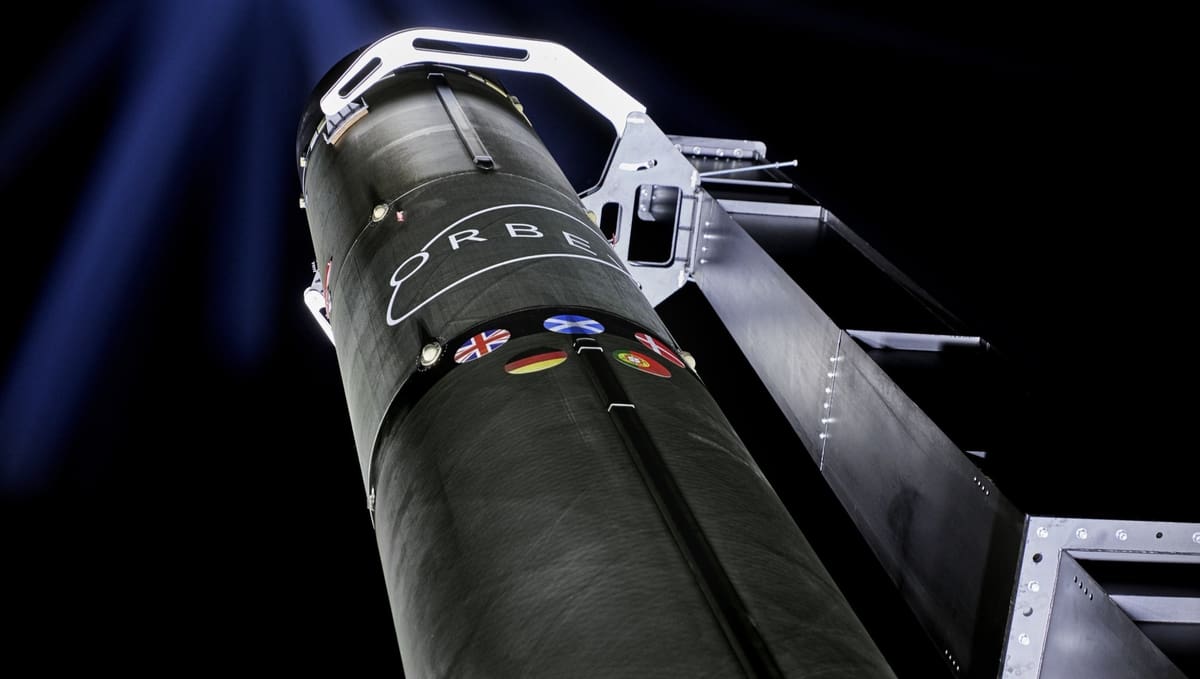3D printing has taken commercial rocketry by storm in the past few years, with many new and exciting aerospace 3D printing projects being announced left and right. Only a few years ago, 3D printed aerospace components were novelties that saw little use outside of press releases. Now, though, entire launch vehicles are designed to be 3D printed, and industrial 3D printing technologies are being rapidly redesigned to meet the demanding manufacturing requirements for aerospace components.
In the aerospace industry currently, the focus on 3D printing is largely in the areas of rocket airframe and engine manufacture. Many companies have developed processes to make and use 3D printed parts to streamline, simplify, and cut costs in sub-orbital ventures.
In this article, we’ll cover advancements in 3D printing technology for the aerospace industry. We’ll focus on the newest 3D printed rocket parts being made by companies today, including small, medium, and large launch vehicles. Now, let’s get ready for blast off!
3D Printing & the Aerospace Industry
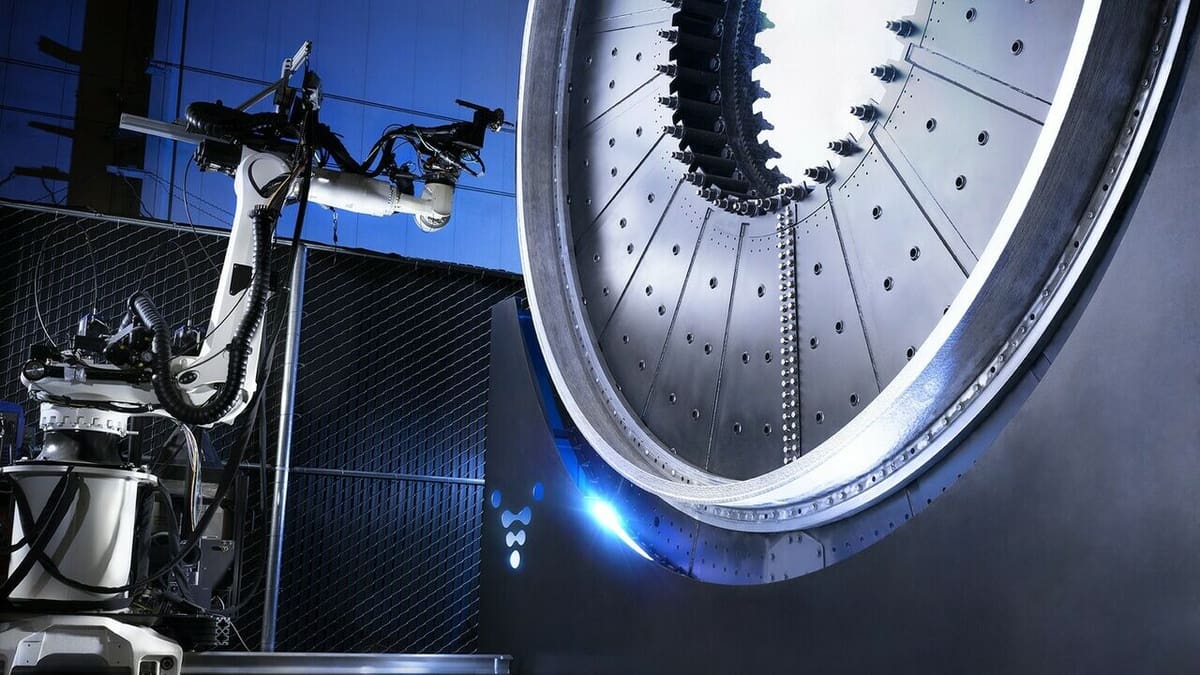
Minimizing the cost of building rockets has been an aerospace industry goal for some time now. The key to achieving this target is to make rockets more lightweight, fuel-efficient, and cheaper to build. That’s where 3D printing comes into play.
The main advantage of 3D printing in the aerospace industry is that it makes the production line more flexible without needing to invest millions of dollars into special tooling in order to manufacture each design.
A rocket consists of thousands of parts, making it a complex product. With 3D printing, it’s also possible to significantly reduce the part count of a rocket, which brings the cost down. In this way, we’re entering a new era of cost-efficient rocket building.
In the following sections, we’ll take a look at some tools and technologies that aerospace companies are using to accomplish today’s impressive 3D printing feats.
Specialized Technologies
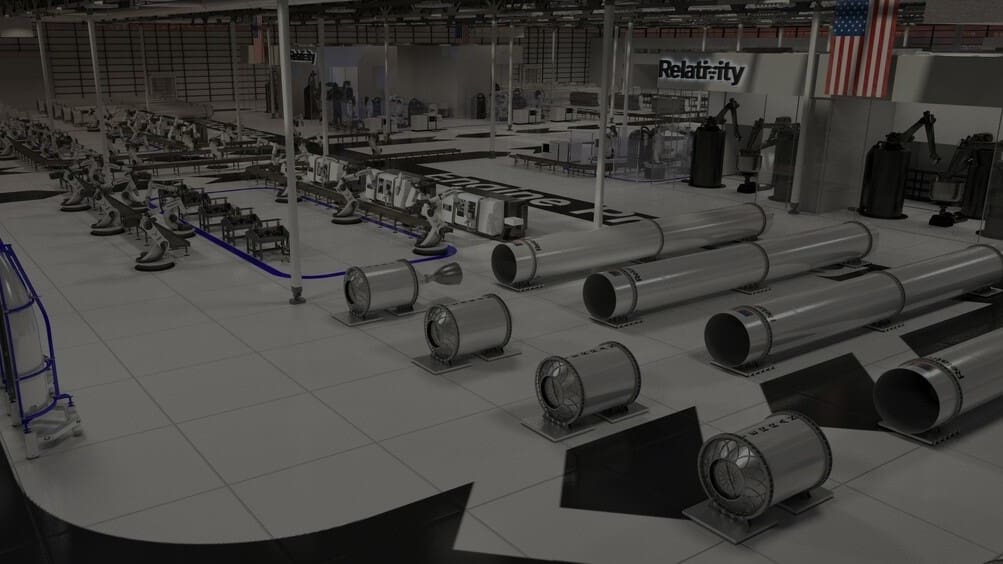
Due to the specialized nature of the rocket manufacturing field, most 3D printing systems used by aerospace companies are developed in-house. A few of these purpose-built machines stand out, in particular, for their sheer size and impact on engineers’ ability to 3D print rockets. We’ll now take a look at some of today’s most noteworthy technologies.
Relativity Space: The Stargate 3D Printer
Relativity Space is a company embracing 3D printing as central to its business and manufacturing model. As a burgeoning private rocket company, Relativity Space has been investing heavily in the research and development of 3D printers capable of manufacturing rocket components since its founding in 2015 with the goal of being the first mass-producer of rockets.
As a result of this concentrated effort, Relativity Space created a wire-fed, arc-melting (or wire arc additive manufacturing, WAAM) system that allows robotic arms to deposit high volumes of metal onto a build platform, Dubbed “Stargate”, this 3D printing arm system is being used to manufacture the majority of Relativity Space’s rockets. One of its main advantages is that it reduces the number of parts in launch vehicle assemblies.
InssTek: The Narae System
3D printing company InssTek has also developed a robotic arm printer that competes with Relativity Space’s Stargate system, and it’s capable of creating rocket components at scale too. Unlike Stargate, Insstek’s Narae system uses metal powder instead of wire as the medium that is simultaneously melted with a laser and deposited. This subtle difference allows Insstek to develop a variety of metal powder filaments with specific qualities that can be strategically deployed in the assembly line to create parts with optimized material properties.
While the mechanical differences in powder versus wire 3D printing have yet to be quantified, the powder approach offers a distinct advantage: material selection. Creating a custom metal powder is much less resource-intensive than developing and manufacturing large spools of metal filament. As such, Insstek has a vast library of materials, including Inconel 718, aluminum bronze, and TC4.
Surface Finishing Technologies
Additionally, surface finishing and inspection technologies such as Tech Met and Curtiss-Wright Surface Treatment enable metal 3D printing to succeed in the aerospace industry. These processes modify and inspect 3D printed parts to ensure that porosity and imperfections are nonexistent in critical parts.
For example, if a launch vehicle is intended to contain humans, it’s crucial that the crew compartment is airtight. Tech Met, along with many other 3D printing companies, uses chemical milling and other surface treatment technologies to achieve porosity removal, tolerancing, and smoothing. Companies such as Curtiss-Wright Surface Treatment maintain laboratories that test and ensure the quality of 3D printed parts going into space and everywhere else.
Surface finishing is crucial to successfully put 3D printed parts into orbit, as raw 3D printed parts (even with WAAM or LPBF 3D printing technologies) typically don’t have the exact properties necessary to succeed in their intended environment.
Everyone & Their Research Assistants Are 3D Printing Rockets
Now that we’ve taken a look at some of the 3D printing technologies being used in the aerospace industry, let’s get into the fun stuff: the rockets! Many aerospace companies have developed 3D printing technologies that allow them to create previously-impossible designs and build space-faring vehicles at incredible speeds. Here’s how some companies are leveraging additive manufacturing to take them past the Kármán line.
Sub-Orbital & Orbital Launch Vehicles

Large, sub-orbital launch vehicle manufacturers are increasingly using 3D printed components and processes to, ironically, mass produce critical components on large rockets. Even though 3D printing is often viewed as much slower than traditional manufacturing, the complexity of components required in large launch vehicles, like regeneratively-cooled engine channels, means that current manufacturing methods, such as electroplating, may actually take longer and come with higher costs.
The following two companies are making headlines in aerospace by 3D printing parts for their rockets, but there are many more, including SpaceX, Ursa Major, and Aerojet Rocketdyne.
Relativity Space
Relativity Space, the same company we mentioned earlier, has a goal of mass-producing 3D printed launch vehicles that can deliver sizeable payloads into low-earth orbit. As of March 23, 2023, they became the first, and so far the only, company to have proven that this feat is even possible. On that day, the company test-launched the Terran 1 launch vehicle through the maximum dynamic pressure, making it the first 3D printed rocket ever to take off.
Made of 85% 3D printed components, Terran 1’s payload fairing, fuselage, and fuel tanks were 3D printed using Relativity Space’s proprietary WAAM 3D printers. All of these parts performed flawlessly for the rocket, which, although it made it past Max Q, did not successfully deploy the test payload to low-earth orbit due to a malfunction in the rocket’s upper stages. However, Relativity Space is springing off of this 3D printed success and developing Terran R — a larger, more powerful 3D printed rocket that’s estimated to launch in the late 2020s.
Rocket Lab
Rocket Lab is an established end-to-end development/manufacturing company that has, to date, successfully launched 33 times using their small-payload Electron launch vehicle. The company specializes in small- and medium-payload launch vehicles. The propulsion system on this rocket, their internally-developed Rutherford Engine, relies on 3D printing for the precision manufacture of its valves, engine chamber, fuel injector, and regenerative cooling channels.
Manufacture of the Rutherford engine combines a simple (for a rocket engine) design with electron beam melting (EBM) and LPBF. 3D printing the engine makes for a highly effective cost-cutting setup. It purportedly only takes 24 hours to produce many of the primary components of the engine.
One of Rocket Lab’s next big projects is the development and implementation of a medium-payload launch vehicle, which they claim will have a payload capacity into low-earth orbit of 13,000 kg. This rocket, called the Neutron, will feature six new, 1-meganewton Archimedes engines, which are purpose-built for the Neutron. Like their smaller counterpart the Rutherford engine, they are primarily 3D printed. Like other 3D printed engines, this significantly decreases part count and, as a result, solves supply chain challenges related to engine manufacturing.
With Neutron’s first launch anticipated to be 2024 at the earliest, it will be a while before these 3D printed Archimedes engines deliver a payload into orbit. Nevertheless, Rocket Lab has already started construction of a manufacturing facility for the Neutron launch vehicle just outside of the Wallops Flight Facility in Virginia, US.
Small Satellite Launchers
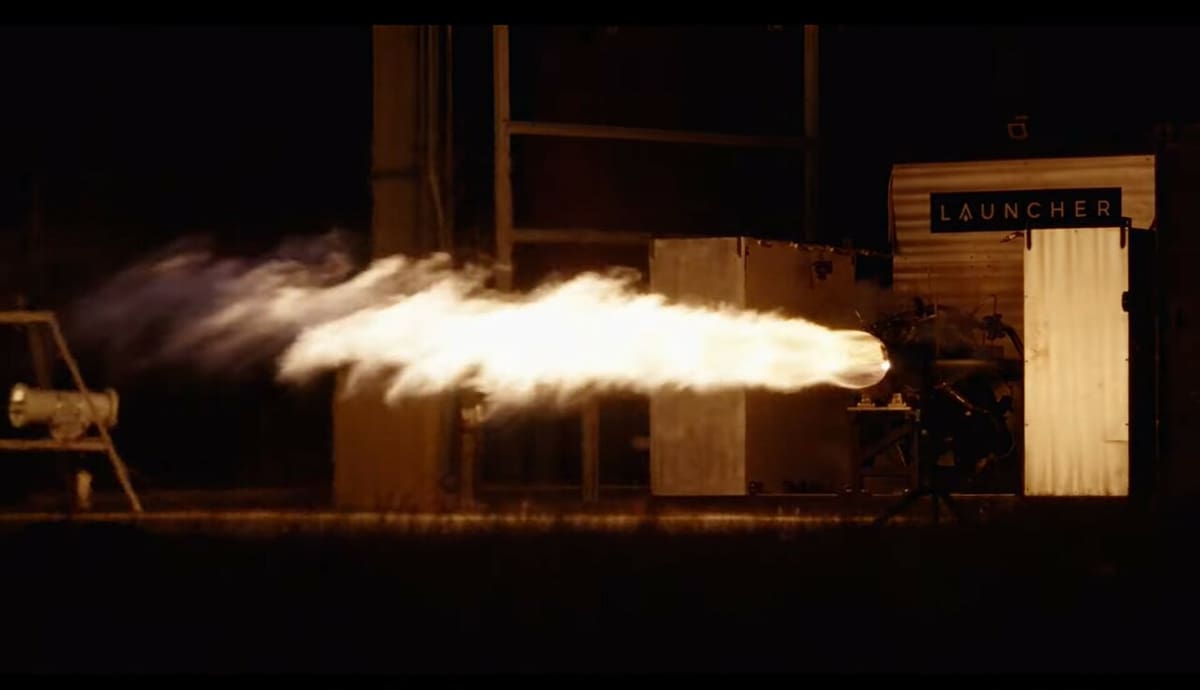
Larger rocket manufacturers aren’t the only rocketeers taking advantage of 3D printing in the aerospace industry. Small launch vehicles, designed to launch satellites, are also reaping the benefits of 3D printing, and it’s now easier to design and produce smaller satellite-launching rockets than ever before.
Launcher
Launcher is a Brooklyn-based start-up focused on developing the world’s most efficient “micro-launch” vehicles to deliver small satellites to orbit. Their solution is the Rocket-1, a 20-m rocket equipped with a set of five Engine-2 thrusters. The rocket has a maximum payload capacity of 773 kg.
In order to provide competitive pricing for satellite launches, the cost of rocket and engine production needed to be as low as possible. In collaboration with EOS and AMCM, Launcher implemented 3D printing into its workflow to help reduce costs.
Their engine, the E2, features a single-piece 3D printed combustion chamber made from a copper alloy on a metal powder 3D printer. Printing the part all at once made the production easier, as no joining techniques are required. It also enabled them to develop a 98% efficient thruster, an impressive feat.
The engine uses kerosene and liquid oxygen as propellants but gives off beautiful blue thrust diamonds (typically only seen in methane engines). It’s promised to deliver an impressive thrust of 22,000 lbf (roughly 97,860 N).
Orbex
Orbex is a UK-based satellite-launching company that has developed what they claim is “the world’s most environmentally-friendly space rocket.” Designed to launch satellites to low-earth orbit using biofuels, and to be recoverable and reusable, their primarily 3D printed small launch vehicle will begin flying out of the Sutherland Spaceport once the spaceport is fully constructed.
This rocket, called Prime, is focused on minimizing the environmental footprint of satellite launching. 3D printing helps them achieve this goal by minimizing waste material that would otherwise be generated by subtractive manufacturing processes.
Orbex 3D prints its rockets on the same printer type as Launcher, the AMCM M4K-4 metal printing platform from EOS, which came out in 2021. The company has also used metal 3D printers from SLM Solutions. The Prime engine runs on bio-propane to ensure the lowest possible carbon-emission footprint, which also contributes to minimizing Orbex’s overall environmental footprint.
Aerospace Component Manufacturing
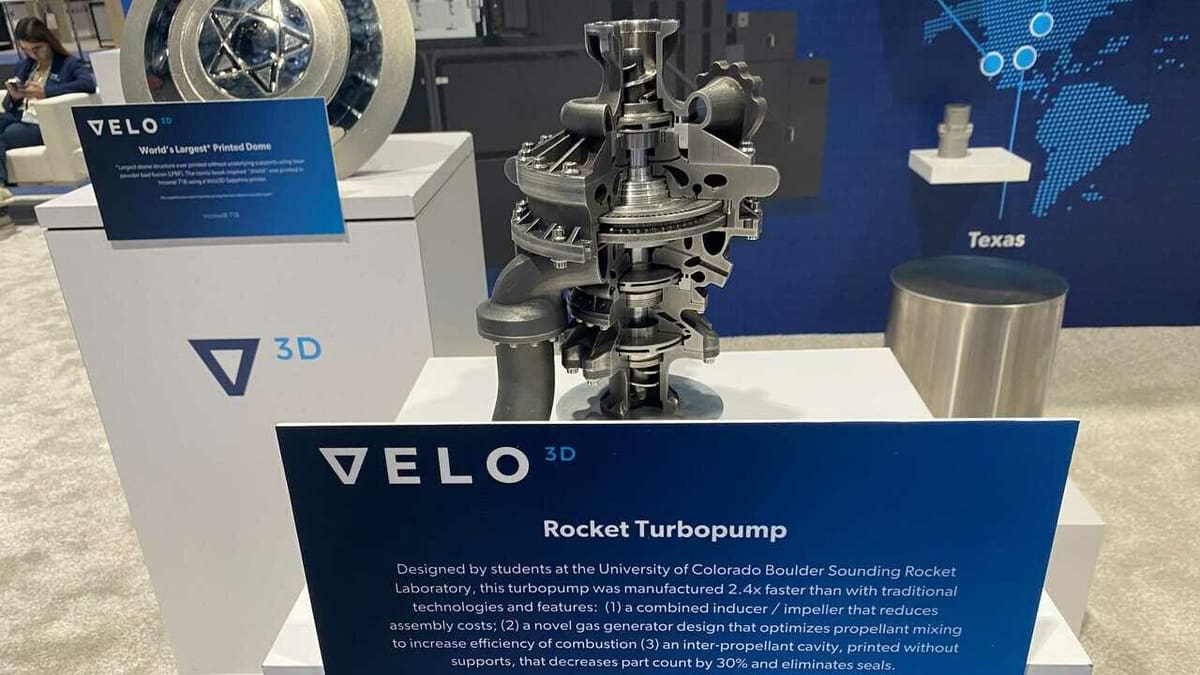
Many 3D printing companies can now make rocket components on demand. So long as a 3D printing company has access to metal 3D printing technologies (such as LPBF), they can make all sorts of critical aerospace components, such as valves, fuel injectors, or even turbopumps, for clients.
Rapid + TCT 2023, North America’s largest additive manufacturing industry event, showcased just how much 3D printing companies have embraced the aerospace industry’s newfound involvement in 3D printing. Companies such as Velo 3D, Insstek, and EOS all displayed rocket engines and other components, while companies like 3DXTech demonstrated how their tools can be used to 3D print molds for spacefaring composite part layups. With more and more aerospace-related 3D printing companies appearing at events like these, it’s clear that 3D printing will play an important role in the aerospace industry moving forward.
License: The text of "3D Printed Rocket: The Latest Advancements" by All3DP is licensed under a Creative Commons Attribution 4.0 International License.

